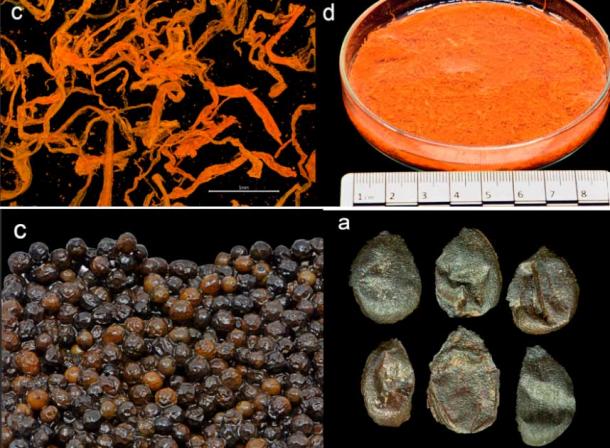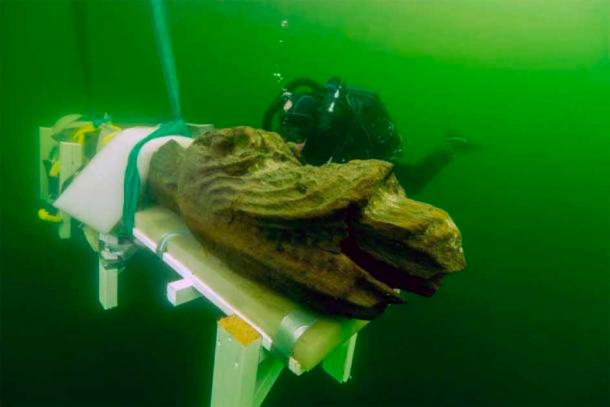A remarkable discovery has been made by archaeologists of preserved plants, spices, and fruit aboard a sunken Norse ship from the 15th century. The ship, named Gribshunden, had belonged to King Hans of Denmark and had been on a voyage to attend a political summit in Sweden when an explosion and fire caused Gribshunden to sink.
In a recent study published in PLOS ONE , archaeologists Mikael Larsson and Brendan Foley of Lund University report that they found over 3,000 specimens in containers that were missed by previous teams studying the shipwreck.
The team discovered a variety of plants including almonds, ginger, saffron, and peppercorns, as well as spices like cloves, mustard, dill, and nutmeg. Some of these spices originated from Indonesia, indicating that King Hans had a vast trade network. Additionally, the team found dried blackberries, raspberries, grapes, and flax, which served as snacks and showcased King Hans’ wealth and power.
The researchers attributed the preservation of the specimens to the microenvironment created by the wooden shipwreck on the sea floor. The sunken ship captured drifting marine algae, resulting in seasonal deposits of algae reaching depths of 40 cm. As the algae decayed, it created localized areas of oxygen depletion, which contributed to the excellent preservation of the plant materials.

Saffron, peppercorns, and almonds found aboard the Gribshunden ship. Credit: Larsson, M. and Foley, B.
The Gribshunden Ship
During the summer solstice of 1495 AD, the royal flagship Gribshunden of the Danish King Hans, also known as King John of Denmark, sank when sailing from Copenhagen to Kalmar, Sweden, where it was to meet Sten Sture the Elder as part of Hans’s claim to the Swedish throne. Hans expected the Swedish Council to elect him king of Sweden, and thereby fulfill his ambition to reunify the Nordic region under a single crown.
The shipwreck was discovered by sport divers in the 1970s, but unaware of its significance they didn’t alert archaeologists until 2000. The Gribshunden shipwreck came to media attention when archaeologists salvaged a fabulously well-preserved wooden figurehead of a dragon-like monster from the stern and brought it to the surface, probably the only one left in the world from a 15 th century ship.

The Gribshunden shipwreck came to media attention when archaeologists salvaged a fabulously well-preserved wooden figurehead of a dragon-like monster from the stern and brought it to the surface. ( Blekinge Museum )
The ship was 35 meters (114 feet) from bow to stern and had a beam of at least 7.5 meters (24.6 feet). It was an early type of ship constructed using the carvel method in which planks of the hull were laid flush and edge to edge instead of overlapping in the clinker type construction. In addition to the dragon figurehead, divers have found three lead shot on the wreck and carriages on the hull for wrought iron guns. Crossbow bolts also have been found at the shipwreck in previous years.